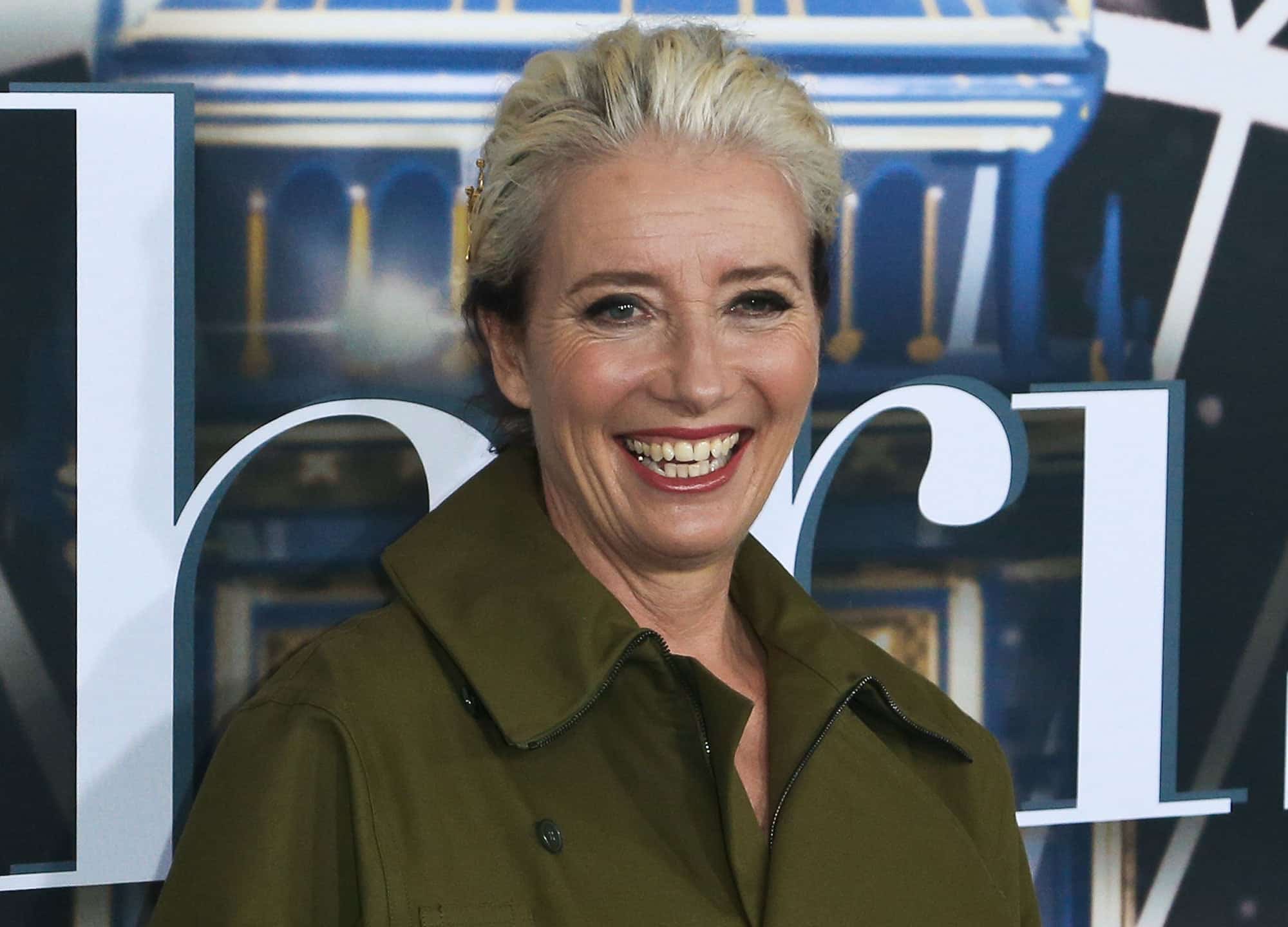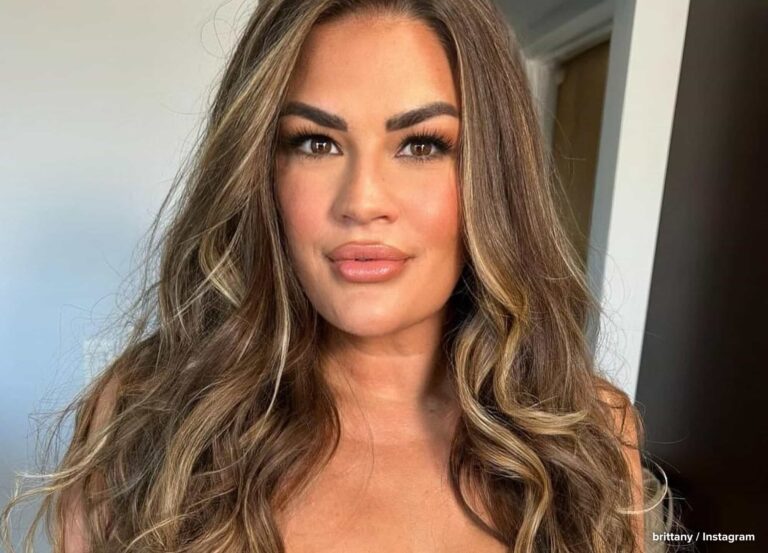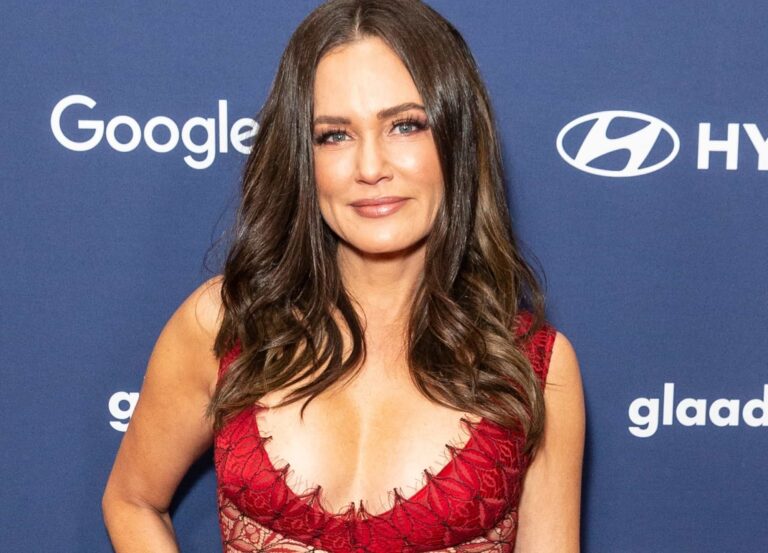In a recent interview for her upcoming film Good Luck to You, Leo Grande, actor Emma Thompson discussed her adamant views against plastic surgery. The 62-year-old actress has a full-frontal scene and expressed disdain for cosmetic procedures meant to slow or hide the signs of aging. She compared these procedures to a “form of collective psychosis” and said plastic surgery is “a very strange thing to do,” adding that she’s always felt this way since she’s a “feminist when it comes to women’s bodies and what’s being done to them.” As a former plastic surgery addict, I don’t disagree with Thompson that women feel enormous pressure to remain youthful and attractive, but denouncing the entire practice of cosmetic surgery misses the mark. Let’s not blame women for the intense scrutiny society puts on their looks.
Every day, young women are bombarded with images of perfect bodies and filters that alter their appearance on social media. It’s no surprise, then, that doctors are finding a growing number are developing body dysmorphic disorder as a result. Individuals with BDD are so preoccupied with perceived flaws in their appearance that these intrusive thoughts begin to disrupt their daily lives. A 2020 study published in the International Journal of Clinical Health and Psychology found that Instagram use is closely related to dysmorphic concern (the obsession with one or several features usually invisible to outside viewers) through appearance-related comparisons. Researchers discovered that users would compare their appearance to images of others online, often feeling increasingly dissatisfied with their looks as a result.
As a 36-year-old woman, I didn’t grow up with an onslaught of social media, like teens today. As a shy recluse, I spent hours on message boards filled with other young women posting celebrity photographs and speculating about the stars’ cosmetic work. These images undoubtedly played a role in my preoccupation with body image and my eventual desire to alter my looks—albeit a minor one. My feelings of low self-worth had begun years before. Those thoughts, coupled with an addictive personality, made me susceptible to an obsession with plastic surgery. As a twentysomething, I kept finding new procedures I needed to undergo, despite remaining dissatisfied with my appearance no matter what I had done. Eventually, I learned to quiet my negative self-talk by addressing those feelings in therapy. I know now that many of my poorly planned surgeries were merely the symptom of my disordered thinking. Today I’m generally happy with my appearance. However, I still appreciate the science and artistry necessary for achieving subtle tweaks via cosmetic injections or surgery for the right candidate.
No one denies that women feel pressure to appear perfect. The age of social media has exacerbated a very toxic aspect of our culture. Yet modifying one’s looks is not an anti-feminist act. Thompson’s views on plastic surgery are outdated and stigmatize women who choose elective surgery. While there is nothing wrong with depictions of an “untreated body,” it’s necessary to point out that all women do not age the same way.
Women who have had children, held more physically demanding jobs, or been exposed to environmental stressors, illness, or disease may desire to undergo procedures to appear refreshed or rejuvenated. They shouldn’t be shamed for wanting to do this, much in the same way people choose to color gray hair or use cosmetics or clothing to enhance features or blur imperfections. Cosmetic surgery is also crucial for some trans patients who wish to undergo gender confirmation surgery to represent their true gender identity or for breast cancer survivors who want to feel like themselves again post-mastectomy. There are many reasons a woman may decide to get work done that have nothing to do with the objectification of the female body.
Women’s growing acceptance of cosmetic surgery has led to more celebrities and patients openly discussing their previous procedures. According to the American Society of Plastic Surgeons, 15.6 million cosmetic procedures were performed in the U.S. in 2020, of which 92% of patients were female. This is merely a new version of an ancient practice. Body modification has been around for thousands of years, originating in ancient tribal cultures. Other forms of body alterations, such as dental surgery or engaging in athletic training to change one’s physical appearance, have become so common they’re no longer thought of in this way. The desire to alter the living body for aesthetics is a natural part of the human experience, and this includes cosmetic surgery. Women have agency over their bodies and can express themselves however they choose; it’s time other women stopped dictating how they should age.











